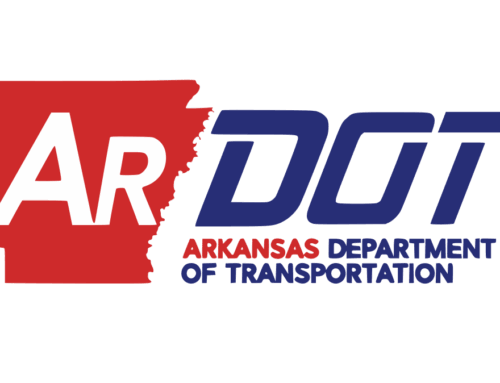In our previous column, we delved into the responsibilities of the Board of Directors in organizational governance. In this installment, we’ll extend the discussion to explore the Board’s significant role in fundraising.
As an experienced and dedicated professional, I have had the opportunity to serve on 45+ various boards and commissions, confidently taking on any position with passion, expertise, and a commitment to driving positive change and unparalleled growthin economic development corporations, nonprofit service organizations, community foundations, professional associations, service clubs, public sector initiatives, and private businesses.
I have been fortunate to be a part of several vibrant and active boards and had an opportunity to participate in several fundraising campaigns. Generally, campaigns are Board of Director driven, like the annual giving campaign focused on securing regular contributions from donors yearly or a major gift campaign that targets larger donations from high-net-worth individuals, foundations, or corporations. Capital campaigns may occur when an organization needs to raise significant money, such as constructing a new facility or launching a new program. Other campaigns, like endowment campaigns to build a long-term financial foundation for the organization or special event campaigns like a gala, auction, or charity run, are also considerations for fundraising campaigns.
Additionally, a board may decide to conduct a matching gift campaign to increase the impact of their contributions, where board members pledge to match a certain amount of donations made within a specific timeframe. Moreover, there are also membership drives and grassroots fundraising where board members encourage grassroots fundraising encouraging supporters to organize small-scale fundraising events within their communities. The key to fundraising is for board members to be actively engaged, to set an example through their contributions, and to leverage their networks and influence to maximize the success of these campaigns.
As an organization approaches a fundraising campaign, several myths and misconceptions can hinder organizations from effectively raising funds. Have you ever heard comments like, “Only wealthy people can be donors,” “We need a large donor base to be successful,” or “Fundraising is the sole responsibility of the development team?” Acknowledging and addressing the myths and misconceptions is essential so an organization can achieve its financial goals and advance its mission. Dispelling the myths can happen through education and communication, sharing success stories, transparency, building relationships, good stewardship, and community engagement. By consistently and openly addressing these myths, you can create a more informed and supportive environment for fundraising within your organization and among your donor base.
Let us get back to the role of the Board of Directors and how board members can leverage their networks and influence to help the organization have a successful fundraising campaign. Here are some ways:
1. Advocacy: Board members are advocates for the organization’s mission and strategic objectives, promoting them to potential donors, sponsors, and the community at large.
2. Leveraging Networks: Board members use personal and professional networks to connect the organization with potential donors, sponsors, and supporters. They tap into these relationships to expand the organization’s reach.
3. Donor Cultivation: Board members actively cultivaterelationships with current and prospective donors. They engage in stewardship activities, showing appreciation and ensuring donors understand the impact of their contributions.
4. Financial Support: Board members should expect to make personal financial contributions to the organization, demonstrating their commitment and setting an example for other donors.
5. Fundraising Events: Board members may lead or participate in fundraising events, helping to organize, promote, and ensure the success of these initiatives.
6. Grant Identification: Board members assist in identifying potential grant opportunities, foundations, and other funding sources that align with the organization’s mission and programs.
7. Fundraising Strategy: Board members collaborate with staff to develop and refine the organization’s fundraising strategy, ensuring it aligns with its mission and objectives.
8. Board Volunteerism: Board members should lead by example regarding financial support and active involvement in fundraising efforts.
9. Monitoring and Reporting: Board members monitor the progress of fundraising activities, review financial reports, and provide oversight to ensure funds are used effectively.
10. Engagement: Board members engage with donors and sponsors to maintain strong relationships, address concerns, and showcase the organization’s achievements.
11. Planning for Sustainability: Board members contribute to developing long-term fundraising plans to ensure the organization’s financial stability.
Board members catalyze effective fundraising. Their unwavering commitment, infectious enthusiasm, and devoted efforts serve as a beacon, motivating others to rally around the mission. While fundraising is a crucial aspect of a board member’s responsibilities, it is not the sole focus. As a member of The Board of Directors, board members also contribute to other aspects of the organization’s oversight like governance, strategic planning, and ensuring the organization operates in alignment with its mission and values because community matters.
In community,
Dr. Pat
Patricia A. Clary is a consultant who champions the advancement of strategic community impact agendas to addressintricate societal challenges through collaborative efforts, convening leadership, and effective governance.
You can contact her through the following channels:
– LinkedIn: https://www.linkedin.com/in/pat-clary/
– Facebook: PatriciaAClaryPhD
© 2023 All rights reserved.






